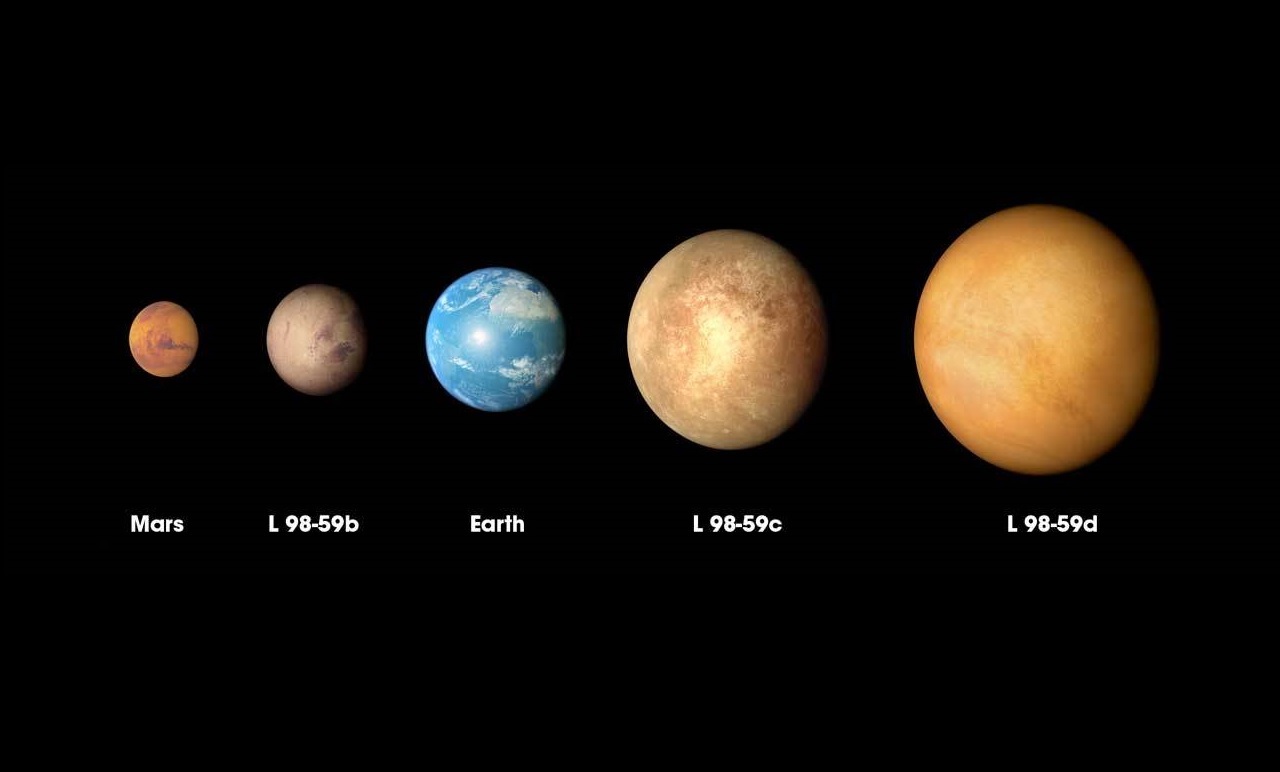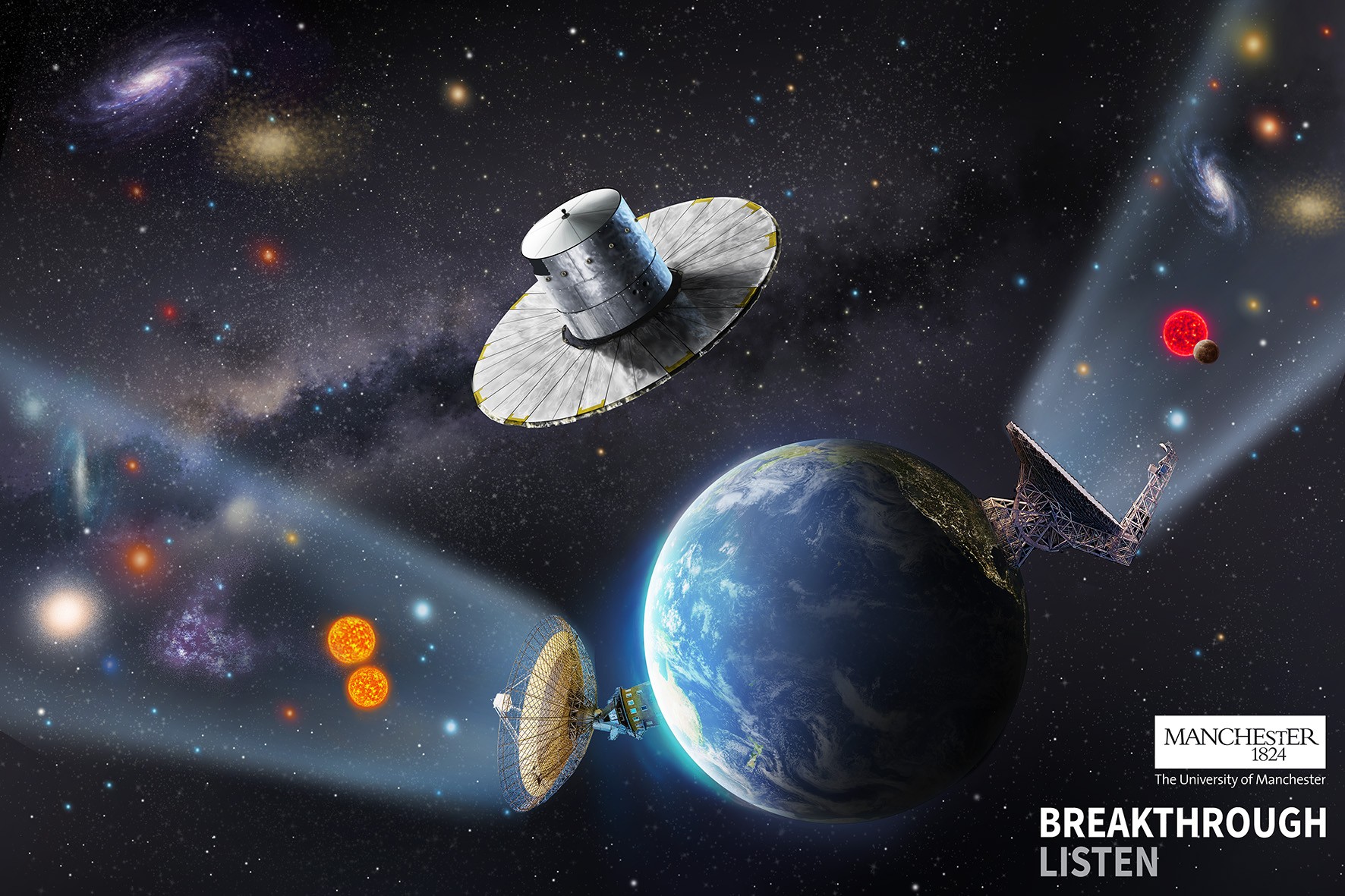The Fermi Paradox won’t go away. It’s one of our most compelling thought experiments, and generations of scientists keep wrestling with it. The paradox pits high estimates for the number of civilizations in the galaxy against the fact that we don’t see any of those civs. It says that if rapidly expanding civilizations exist in the Milky Way, one should have arrived here in our Solar System. The fact that none have implies that none exist.
Many thinkers and scientists have addressed the Fermi Paradox and tried to come up with a reason why we don’t see any evidence of an expanding technological civilization. Life may be extraordinarily rare, and the obstacles to interstellar travel may be too challenging. It could be that simple.
But a new paper has a new answer: maybe our Solar System doesn’t offer what long-lived, rapidly expanding civilizations desire: the correct type of star.
Continue reading “Maybe We Don’t See Aliens Because Nobody Wants to Come Here”










